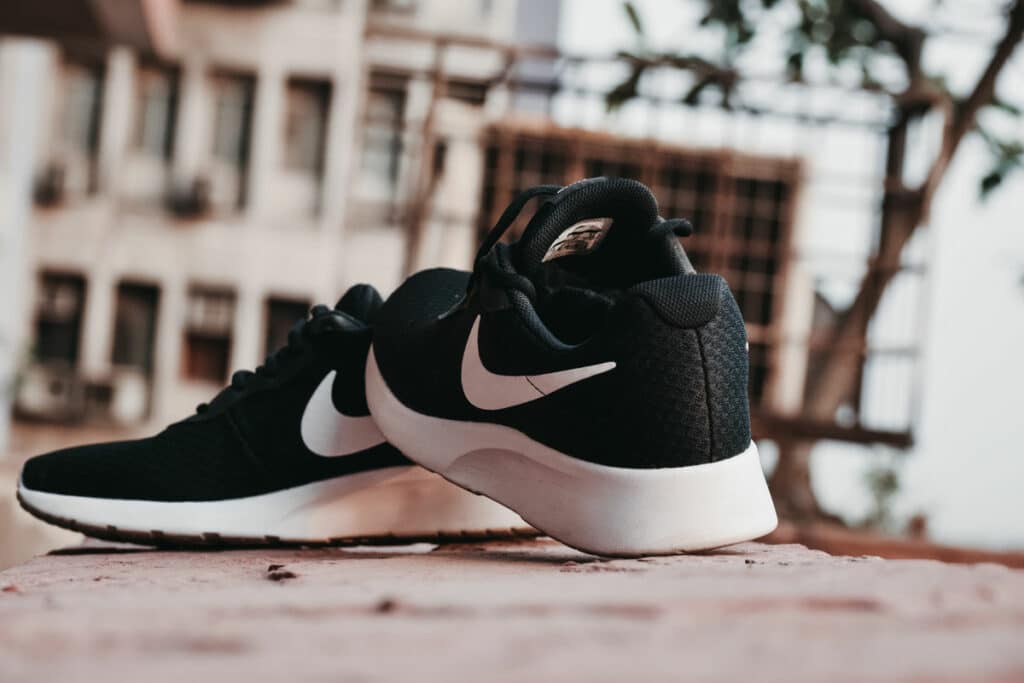The right pair of shoes is important for an ideal orthotics experience. Here is a short list of ideal, acceptable, and inadequate for your orthotics.
It is important to choose appropriate footwear to take full advantage of the benefits of your new orthotics. The orthoses that your practitioner prescribes will be tailor-made to meet your biomechanical needs and will adapt to the shape of your pair of shoes. Your feet and body will also adjust to your orthotics over time as you wear them frequently.
As a general rule: wear your orthotics with shoes which fit well and hold your entire foot snugly. Avoid open-back or slip-on shoes, or high heels over 1.5 inches. When selecting any type of shoe, be sure that your orthotic does not have excessive movement, especially over the arch area.
1. The right shoes for your foot orthotics

It’s important that the pairs of shoes you choose offer good ankle support, and ideally have an insole that can be removed and replaced with your foot orthotics. For example: running shoes, closed work shoes or a pair of hiking boots. The key to a good pair of shoes for your foot orthotics is to choose a pair in which your foot orthotics will remain stable throughout the day and will not bend too easily at the toes.
2. Acceptable footwear for your orthotics

There are many different sizes and shapes of shoes, and most of them don’t offer as good stability as running shoes. For example, you may want to wear ballet flats with a thinner sole or a softer pair of boots for the fall and spring seasons. It is possible to use these types of shoes for your orthotics as well (possibly for a second pair, separate pair of orthotics in a shoe that you wear a little less often). Always, the goal is to find a pair that you are comfortable with and that meets the minimum selection criteria: either a shoe that offers ankle support and a sole that supports your weight when you move.
3. The wrong shoes for your orthotics

The wrong types of shoes are those that offer no support for your ankles and have a sole that is too soft. Indeed, beach sandals, high-heeled shoes with a toe separation, slipper-like boots are inappropriate for your orthotics. For beach sandals or high-heeled shoes with thin straps, the device simply wouldn’t fit inside.
There are different types of orthotics built for different types of shoes and activities, be sure and let your practitioner know which activities and shoes you’ll need orthotics for.




